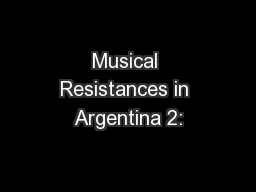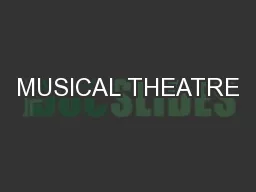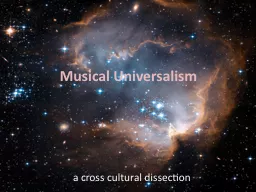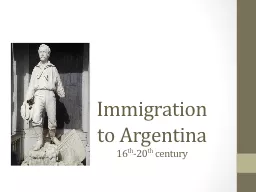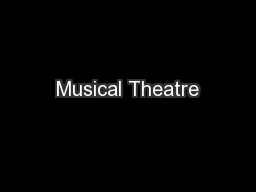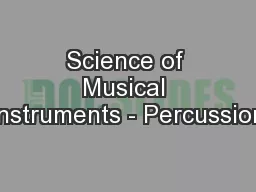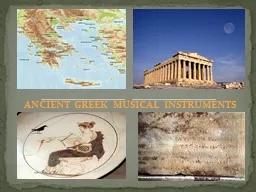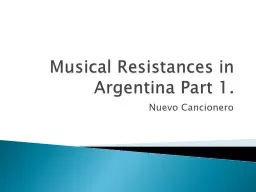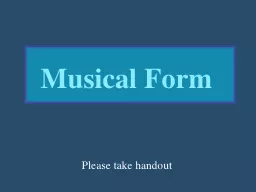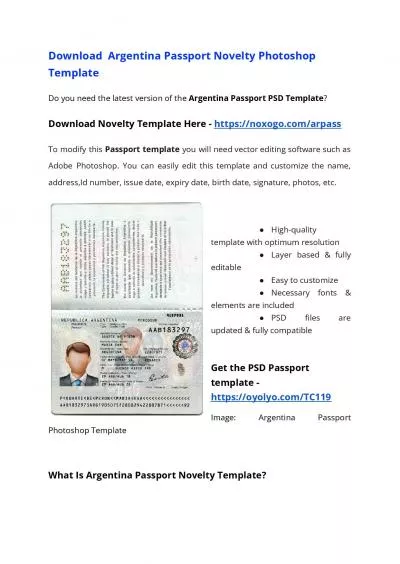PPT-Musical Resistances in Argentina 2:
Author : jane-oiler | Published Date : 2017-08-29
Rock Nacional Rock had existed in Argentina and Latin America since its origins in the 50s however generally musicians played English Language hits By 1967 rock
Presentation Embed Code
Download Presentation
Download Presentation The PPT/PDF document "Musical Resistances in Argentina 2:" is the property of its rightful owner. Permission is granted to download and print the materials on this website for personal, non-commercial use only, and to display it on your personal computer provided you do not modify the materials and that you retain all copyright notices contained in the materials. By downloading content from our website, you accept the terms of this agreement.
Musical Resistances in Argentina 2:: Transcript
Download Rules Of Document
"Musical Resistances in Argentina 2:"The content belongs to its owner. You may download and print it for personal use, without modification, and keep all copyright notices. By downloading, you agree to these terms.
Related Documents

